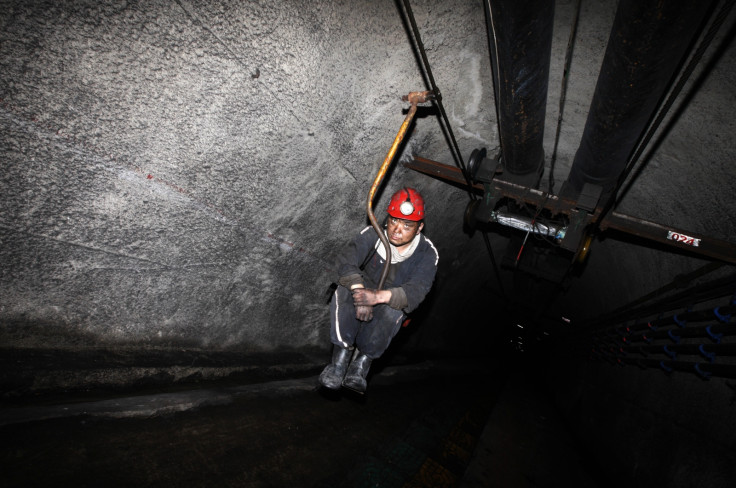Coal Investors Warned Chinese Demand Will Peak in 2016 and May Cripple the Industry

Chinese demand for thermal coal could peak as soon as 2016, having a potentially crippling impact on the global coal industry.
Coal companies are already facing challenging times, as the industry looks to cheaper and cleaner alternatives. Future demand for coal may slacken, further dampening prices. All of these factors led to the Carbon Tracker Initiative concluding in a new report that "coal is a sinking ship".
The report is issued under the auspices of raising awareness to the financial risks faced by investors in the coal industry. The sector needs $112bn (£68.5bn, €87.3bn) of investment in coal mine expansion and development to sustain itself, CTI said, and "the high costs new mines are not economic at today's prices and are unlikely to generate returns for investors in the future".
The authors drew on research from the Institute of Economics and Financial Analysis (IEEFA), which found China's demand for coal will peak in 2016 and steadily decline thereafter. The country may become a net exporter but it's unlikely there will be any other country in a position to take up the lag in demand that would be left by China.
"China currently represents around half of the global thermal coal market and will be critical to the future levels of consumption and seaborne market structure. Alongside the IEEFA low-demand model, a number of mainstream coal analysts from investment research houses [Deutsche Bank, Bernstein, Morningstar] expect Chinese coal demand peaking by 2016 or sooner," wrote the authors.
Coal exporters are increasingly pinning their hopes on India, especially given the sheer levels of investment required in their industry and infrastructure. But CTI warns the current price of electricity cannot support continued expensive imports of coal and that India's "weak financial system cannot continue issuing non-performing loans to help grow a loss-making power and distribution sector".
The environmental upside is that Chinese carbon dioxide emissions could peak before 2020, since they have historically tracked coal consumption so closely.
"The world's coal industry is playing music chairs with demand, every time the music stops another piece of the market is being taken away," said James Leaton, research director at CTI.
At the crux of the think tank's research is the finding that demand for the seaborne coal market could fall drastically over the next 20 years, to 850 million tonnes per year, which would require a breakeven price of $75 per tonne. Mines with costs higher than this will struggle to attract investors, or at least pay them the desired rate of return.
There are numerous large coal facilities coming online in the future that would struggle to make the figures work in such a low-demand scenario, CTI said, including the Galilee Basin in Australia and the Powder River Basin in the US.
Perhaps anticipating the shift, the likes of Rio Tinto and BHP Billiton have been shedding assets in Australia, Mozambique and South Africa, sometimes spinning them off into newcos, in an effort to manage the potential future cost.
"Any investor should already be questioning whether high-cost thermal production can turn a profit," the report reads. "This is an opportunity for active shareholders to ensure diversified miners are limiting their exposure to losses in the thermal coal business.
The report has been released to coincide with the Global Climate March campaign, which kicked off in cities around the world on Saturday 20 September.
The timing is also important in the light of the revelation from 19 September that the world's population is set to grow quickly for the rest of the century, despite the 20-year consensus that it would peak in and around 2050 at about nine billion people.
"The significance of the new work is that it provides greater certainty. Specifically, it is highly likely that, given current policies, the world population will be between 40-75% larger than today in the lifetime of many of today's children and will still be growing at that point," said Simon Ross of the Population Matters think tank.
The implications for the environment are stark: scientists were already wondering how the planet would support nine billion people; the fact that the world's population may be set to hit 11 billion by the end of the century presents a new and terrifying quandary.
© Copyright IBTimes 2024. All rights reserved.






